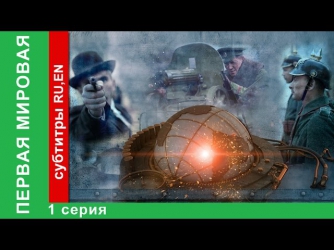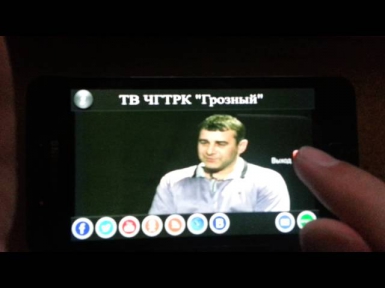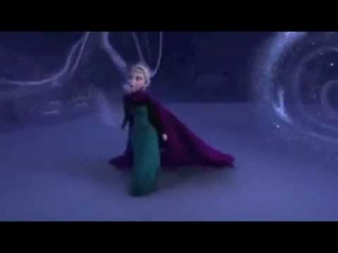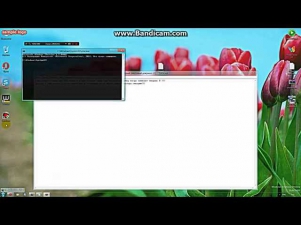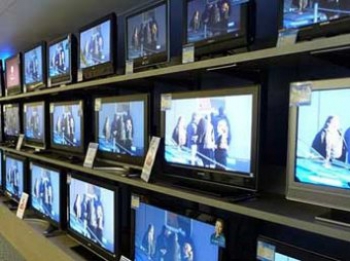The Distributed Camera: Modeling the World from Online Photos
веб камера вашингтон онлайн - The Distributed Camera: Modeling the World from Online Photos
Google Tech Talk July 25, 2012 Google NYC Presented by Noah Snavely ABSTRACT We live in a world of ubiquitous imagery, in which the number of images at our fingertips is growing at a seemingly exponential rate. These images come from a wide variety of sources, including Google Maps and related sites, webcams, and millions of photographers around the world uploading billions and billions of images to photo-sharing websites. Taken together, these sources of imagery can be thought of as constituting a distributed camera capturing the entire world at unprecedented scale, and continually documenting its cities, mountains, buildings, people, and events. This talk will focus on how we might use this distributed camera as a fundamental new tool for science, engineering, and environmental monitoring, and how a key problem is *calibration* -- determining the geometry of each photo, and relating it to all other photos, in an efficient, automatic way. I will describe our ongoing work on using automated 3D reconstruction algorithms for recovering such geometry from massive photo collections. Noah Snavely is an assistant professor of Computer Science at Cornell University, where he has been on the faculty since 2009. He received a B.S. in Computer Science and Mathematics from the University of Arizona in 2003, and a Ph.D. in Computer Science and Engineering from the University of Washington in 2008. Noah works in computer graphics and computer vision, with a particular interest in using vast amounts of imagery from the Internet to reconstruct and visualize our world in 3D, and in creating new tools for enabling people to capture and share their environments. His thesis work was the basis for Microsoft's Photosynth, a tool for building 3D visualizations from photo collections that has been used by many thousands of people. Noah is the recipient of a Microsoft New Faculty Fellowship and an NSF CAREER Award, and has been recognized by Technology Review's TR35.



